British Railways Derby Carriage & Wagon Works
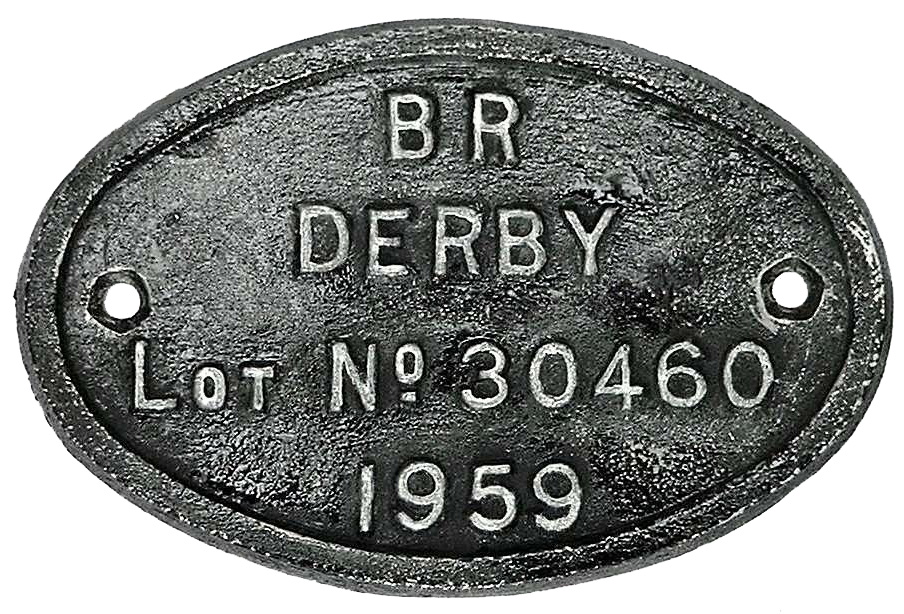
British Railway's own Derby Carriage & Wagon Works at Litchurch Lane built more first generation DMU vehicles than any other, almost twice as many as the second largest builder. The 1,396 vehicles were comprised of the following types:
- Derby Lightweights (hydraulic) (16 vehicles)
- Derby Lightweights (mechanical) (201 vehicles)
- Battery Multiple Unit (2 vehicles)
- 50000/56000 (2 vehicles)
- Paxman testbed conversion (2 vehicles)
- Class 107 (78 vehicles)
- Class 108 (333 vehicles)
- Class 114 (98 vehicles)
- Class 115 (164 vehicles)
- Class 116 (320 vehicles)
- Class 125 (60 vehicles)
- Class 127 (120 vehicles)
They built the first DMU vehicles (the West Riding hydraulic Derby Lightweights) delivered in 1954 and production continued until the Class 107s in 1961.
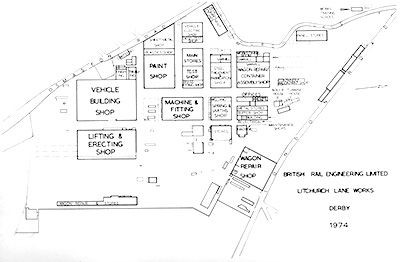
A history of the works can be found on Wikipedia.
The plan of the works from 1974. Sadly it does not show any railway lines!
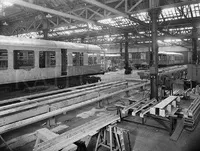
The image shows inside the construction shop during assembly of the first batch of Derby Lightweight vehicles in 1954.
The first vehicles produced at Derby, the 79xxx series 'Lightweights', had a distinct 'cathedral' like front end. When the first privately built vehicles were delivered - the Met-Camm 'Lightweights', there were comments by BR management that their front end style was more asthetically pleasing and so the cab front was amended for the 5xxxx series vehicles with a similar sloping top half. The same later 'Derby' style front end would also be applied to some vehicles built by private contractors - the 117/118/119/121/122s.
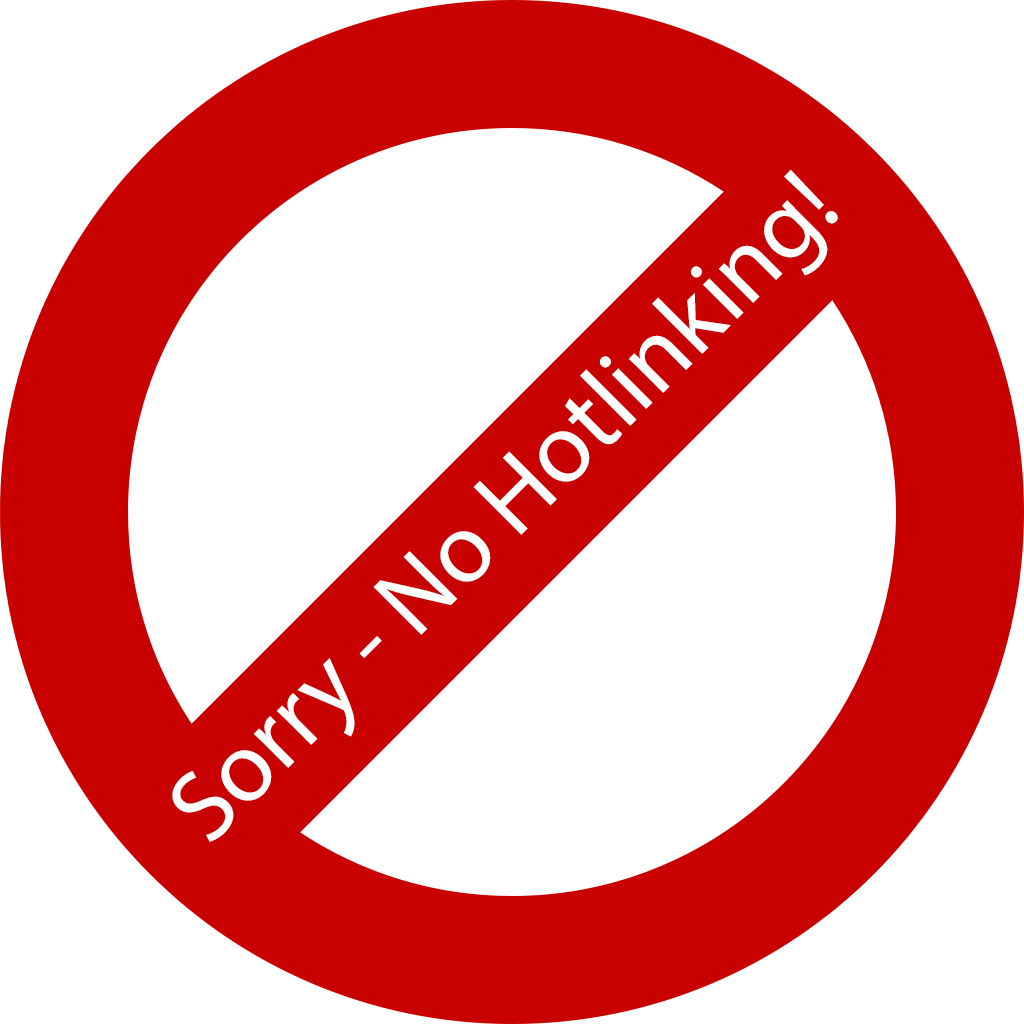
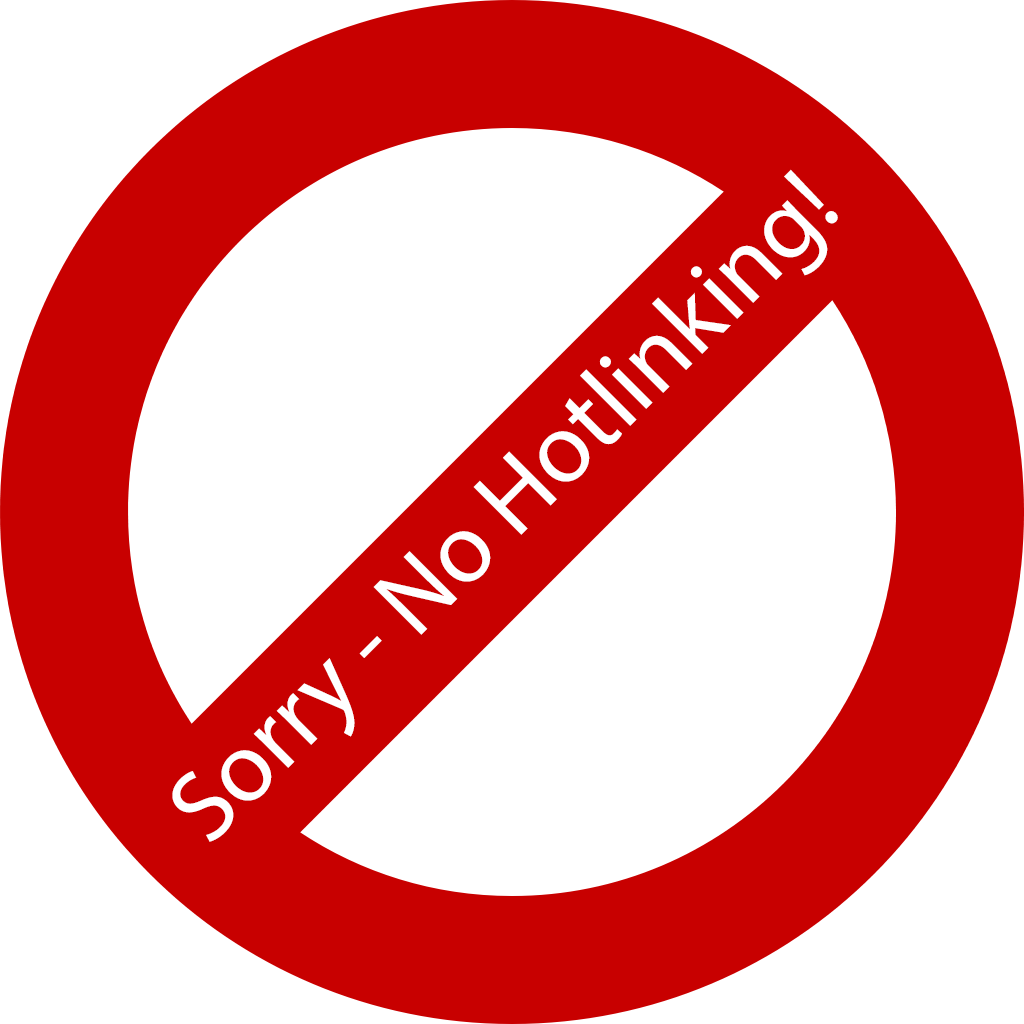

The images show the original cab style, then the revised cab in initial format with the two-character route indicator and the later version with the four-character headcode.
While the cab shape remained constant for the 5xxxx vehicles, there were differences in the marker lights arrangements carried. Many had two as illustrated (Classes 107/108/115/later 116s/125/127), some just had a top light on the roof dome (50000/56000 and the 114s) and the early 116s had four lights (one on top and three on the bottom).


